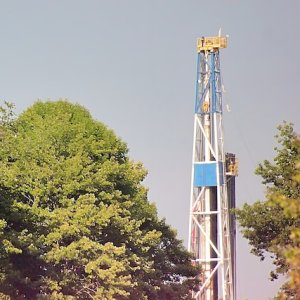Monitoring Instrument Transformers
Flaws in Instrument Transformers (ITs) have increase worldwide at an alarming rate. In Mexico, 236 pieces of equipment experienced flaws between 2001 and 2006. These malfunctions can cause fires or explosions, putting staff and substations at risk, and resulting in economic losses due to interruptions in the power supply, damages to peripheral equipment, replacement costs, and environmental liabilities from oil leaks. A flaw in an IT implies an estimated cost of MX$17 million or more. According to several studies, the main cause of these faults is humidity and temperature increases that degrade the transformer’s isolation. At the moment, the most common way of diagnosing the condition of an IT’s isolation is through periodic checkups carried out every year or two. These revisions require the shut down of the equipment and have proven to be insufficient.
Arteche, through its INELAP subsidiary, developed a monitoring system to prevent and manage flaws in ITs in real time, without the need to depower the equipment. The diagnostic it provides includes the equipment’s condition and its remaining working life, enabling the user to make decisions on its maintenance or replacement. This results in an efficient diagnostic tool that completely prevents flaws in high-voltage assets.
The methodology for the online monitoring of ITs uses both software and hardware, and is based on calculations on the power factor. Given the relationship between this value and the losses in dielectric energy, this methodology offers a clear indicator of the isolation deterioration in ITs, which could be further accelerated due to a temperature increase. The monitoring system consists of obtaining signals from the leakage current of the ITs and a reference signal, which should be the system’s voltage. Temperature and humidity are also monitored in order to include these variables in the algorithms. These are obtained directly from the substation’s transformers and are later sent to a concentrator module.
Since these signals have to be measured simultaneously, they are synchronized using an atomic clock, and they all reach the concentrator via optic fiber. Afterward, this module sends all these signals to a central server, along with the synchronization signal from the clock. It is important for the signals to be synchronized so that they function properly across INELAP’s algorithms, and in order for the algorithms to make corrections based on environmental conditions. The system also boasts a temperature and humidity monitoring card in the substation, sending information to the concentrator and then to the server. The system is integrated into the substation’s SCADA network through an IP address and an Ethernet cable so that it can send information on the condition of all the ITs that are being monitored.
















